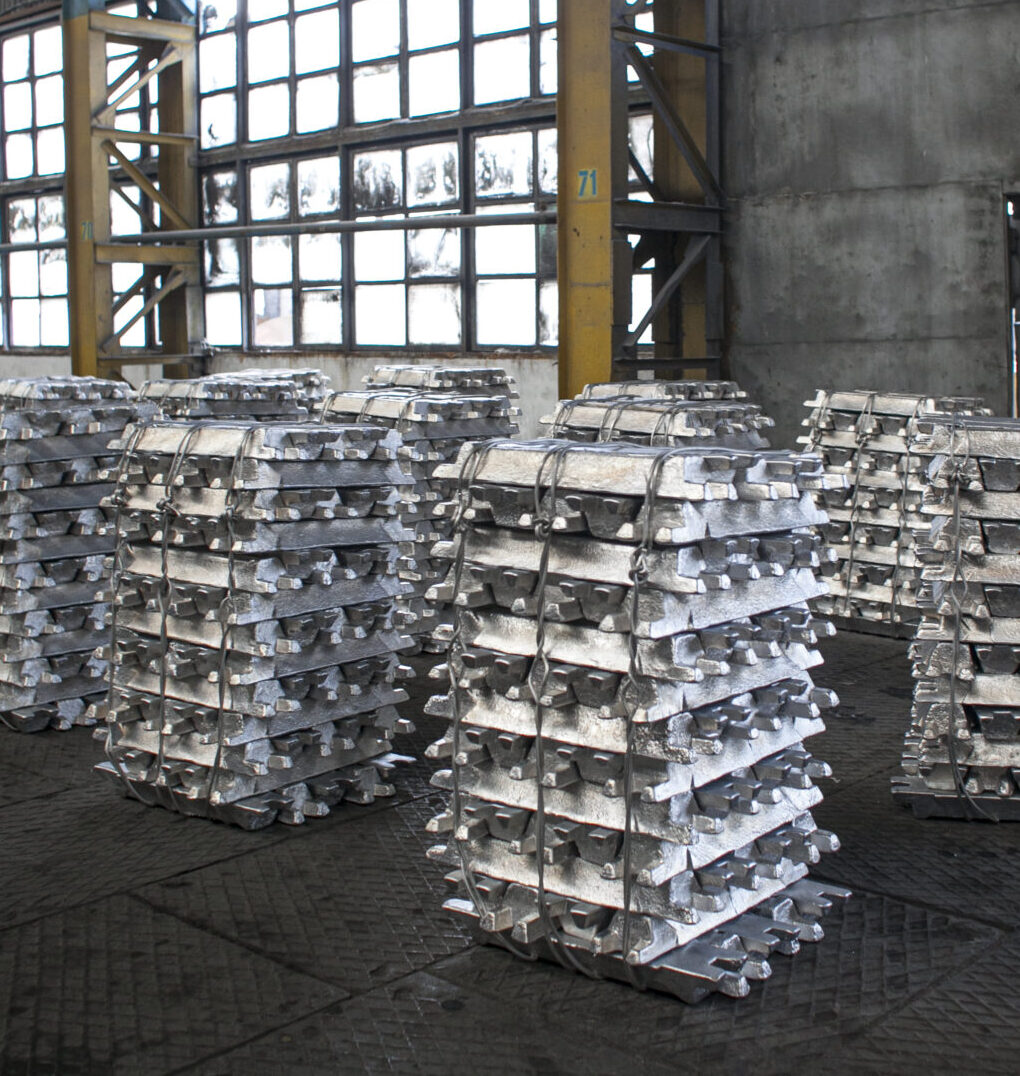A decades-long ecological experiment runs in Harvard Forest
The longest-running experiment on Earth for monitoring the way carbon dioxide is absorbed and released from forests can be found in the Harvard Forest. The verdant 4,000-acre laboratory and classroom has been capturing detailed data and educating scientists for more than a century, in recent decades helping to inform climate modeling and policy locally and globally. The forest lies within the unceded homeland of the Nipmuc people, who today work in partnership with the Harvard Forest to guide its research, conservation approaches, and educational programming.
On Wednesday, more than 70 attendees at Harvard Climate Action Week traveled to Harvard Forest to learn about the history of this land and the ways it is currently shaping our understanding of climate change.
Reviving Traditions
The word Nipmuc means people of the fresh water, explained Keshia De Freece Lawrence, a member of the Ramapough Lenape Munsee, Deer Clan who is now the indigenous education specialist at Harvard Forest and introduced participants to the history of the land. The “old care and ecological empathy” of the Nipmuc people “is expressed throughout the 4,000 acres of Harvard Forest and beyond,” said De Freece Lawrence. “From woodland to coastline, the territory of the peoples of the freshwater is diverse, full of sustenance, and the people unique and adaptable.”


Nipmuc photographer Scott Stronghawk Foster shared that “a lot of folks believe to this day that there are no Native American people still in existence in New England or on the East Coast. They think that we’re extinct. Well, as you can see here today, we’re not.”
De Freece Lawrence introduced participants to Nipmuc scholars and activists Keely Curliss and Kristin Wyman, who live in the area, farm the land, and are working to recapture some of the practical traditions of their people.
Wyman pointed to a recent vote to remove a dam in south Natick to restore the river’s flow to its original pre-colonial state as a glimmer of progress. “I think the dam removal is a good example of ‘land back’. It is literally giving rights to the river, and it’s a new thing.”
From Soil to Space
Grounded in these perspectives, the group set off on a two-mile walk into the forest to learn about some of the world’s longest-running ecological research projects.


To study the rate and nature of the way new trees reclaim land disturbed by human activity or major storms or insect infestations, different patches of forest have been set aside – some left as they are, some surrounded by tall fences to prevent any browsing by moose or deer, and others surrounded by fences that can allow through deer but not moose. Areas accessible to the animals have shown a three- to five-year delay in the establishment of new trees, said Harvard Forest senior scientist Jackie Matthes.
Much of the forest consists of mature hemlock trees – a species under attack from an aphid-like insect whose range has extended northward as a result of the warming climate, with winter temperatures in the area no longer reaching the cold extremes needed to control the insect population. Harvard Forest researchers are monitoring these trees, many of which are already dying from this invasion, watching closely to see what will grow to replace the dying hemlock.
The tour group then climbed a 120-foot research tower, rising above the treetops and providing 360-degree views of the surrounding forest and distant mountains. Matthes pointed out a nearby research tower that “has been measuring now for over 30 years, the amount of carbon dioxide being taken up by the forest or released back to the atmosphere.”


This tower, which gathers high-resolution measurements, was “not the first one in the world, but it’s the longest continuously running one,” said Matthes. Now, there are about 500 such installations around the world making these kinds of C02 measurements in a variety of different ecosystems.
And installations like these are important: While satellites can provide some wide-area measurements of carbon dioxide exchange, they cannot provide this kind of detailed fine-grained data. “This is the only methodology at a sort of intermediate scale, to get a perspective of how much carbon the landscape in front of this tower is taking up or releasing,” she said. Such detailed information about the role of trees in the carbon cycle is crucial for understanding future climate impacts, and the specific effects that deforestation or reforestation can have.
Another instrument on the tower is dedicated to continuously monitoring soil moisture. An exact twin of this instrument is located on the International Space Station, Matthes explained, to allow for direct comparison of the measurements from space with those obtained near the ground. Besides the space station, “NASA intentionally routes its Earth-observing satellites to pass over Harvard Forest, because we have so much ground data at these sites,” she said.










